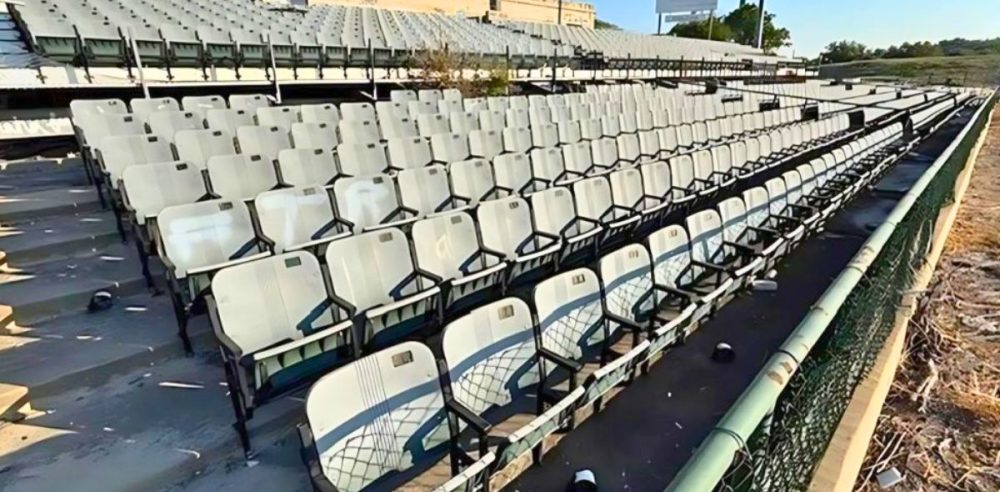Fort Worth’s beloved LaGrave Field, a staple of the city’s sports history, is steadily being demolished.
The demo process marks the end of an era for the historic stadium, once home to the Fort Worth Cats, the cherished minor league baseball team.
LaGrave Field, which opened in 1926, served as the home field for the Fort Worth Panthers and later the Fort Worth Cats for nearly 40 years. Throughout its history, the stadium hosted many of baseball’s biggest legends, including Joe DiMaggio, Yogi Berra, Babe Ruth, Hank Aaron, Willie Mays, and Jackie Robinson, as previously reported by The Dallas Express.
On February 4, contractors began removing the restrooms and other smaller components of the building, Tarrant Regional Water District spokesperson Chad Lorance confirmed. The project will eventually include the removal of the stadium’s awning and, finally, the iconic grandstands.
While an exact timeline for when the stands will be entirely demolished remains uncertain, the water district has allocated $200,000 for the entire demolition project, as outlined in the district’s 2025 financial plan.
In June 2024, the Tarrant Regional Water District board unanimously approved the demolition of LaGrave Field, citing safety concerns. However, the ballpark’s legacy may continue to influence future developments in the Panther Island District.
The demolition follows the district’s auction of LaGrave Field’s memorabilia last fall, as previously reported by The Dallas Express. Various pieces of the stadium’s history were also auctioned.
Items such as bleachers, handrails, rows of seats, and even commemorative pavers that once adorned the grounds were sold to the highest bidders. The sale ran from October 22 to November 5, drawing attention from nostalgic fans hoping to own a piece of Fort Worth’s baseball history.
The district has faced persistent problems with vandalism and break-ins at LaGrave Field for the past ten years, according to The Fort Worth Report.
Last year’s auction offered one last opportunity for fans to honor the stadium’s legacy, signaling the close of a significant chapter for a community that has long valued its baseball heritage.


